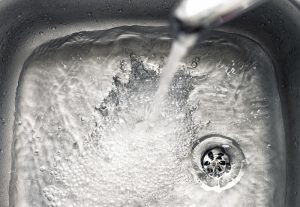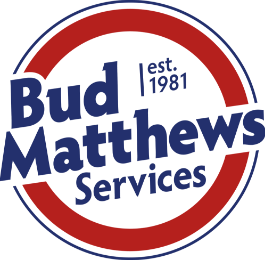
In our last post, we encouraged homeowners to start off the New Year with a great service to care for their plumbing: scheduling routine drain cleaning. There’s no better way to see a house enjoys a clog-free 2018 than to have professional plumbers use the best drain cleaning technology to scour away all the build-up inside the drains around the house.
Right now, we’d like to address the actual build-up, the problems down in drains that create clogs. Almost anything can stop up a drainpipe like a child’s toy falling down a drain. (We recommend keeping covers over all drains to help prevent this.) But there are a few sources that account for the majority of drain clogs. Knowing what they are will make it easier for you to avoid future drain problems, as well as remind you why routine drain cleaning is such a helpful service.
Hair
Clots and tangles of hair are the most common type of clog to affect bathroom drains, such as the bathtub, shower, and sink. Using a drain cover (and cleaning it off routinely) helps prevent too much hair sliding down these drains, but it’s difficult to stop all of it. The hair often sticks in the p-trap (the curved section of pipe directly under the drain) and soon traps even more hair. Hair clogs often resist standard plungers and even consumer-grade drain snakes. Getting ahead of the problem makes a bathroom’s plumbing more reliable.
Soap scum
Soap goes down almost all drains, and that can leave soap scum residue behind. You’ve seen soap scum before in any soap dish that’s held a bar of soap for long enough—this is tough material that adheres tenaciously to surfaces. Soap scum can rapidly narrow the space in a pipe for water to pass. Worse, soap scum can trigger a chemical reaction with drainpipe material, possibly leading to leaks.
Organic material (especially FOG)
This is the major enemy of kitchen drains. Food particles washed down the drain can become trapped there and start to create clogs. The most dangerous are fats, oils, and grease (collectively known as FOG), which look harmless when they’re in their hot liquid state. Once the air from the drain vents cools FOG down, they change to a solid that sticks to drain walls and which is difficult to remove except through hydro-jetting.
Minerals
The water entering a house through the water main contains some minerals that can dissolve from the water and onto the inner walls of pipes. This is a big problem if a home has hard water, i.e. water with high levels of magnesium and calcium. Removing hard water minerals from pipes requires the best professional tools. We also recommend installing a water softener to eliminate the hard water problem, which can create issues throughout the plumbing.
To schedule any service for your sewer and drain in Durham, NC, reach out to us. We offer 24/7 emergency work, and we’re also glad to schedule routine drain cleaning at your convenience.
Bud Matthews Services: For All Your Home Service Needs in Durham, NC and the Surrounding Areas.

